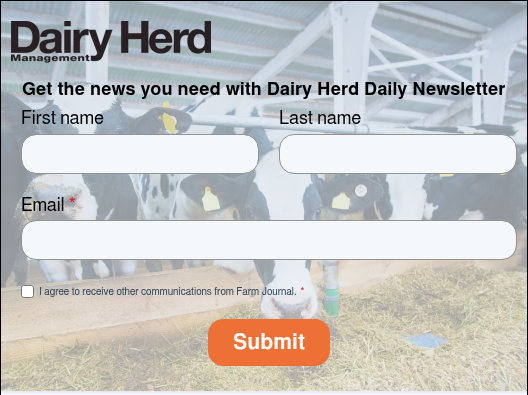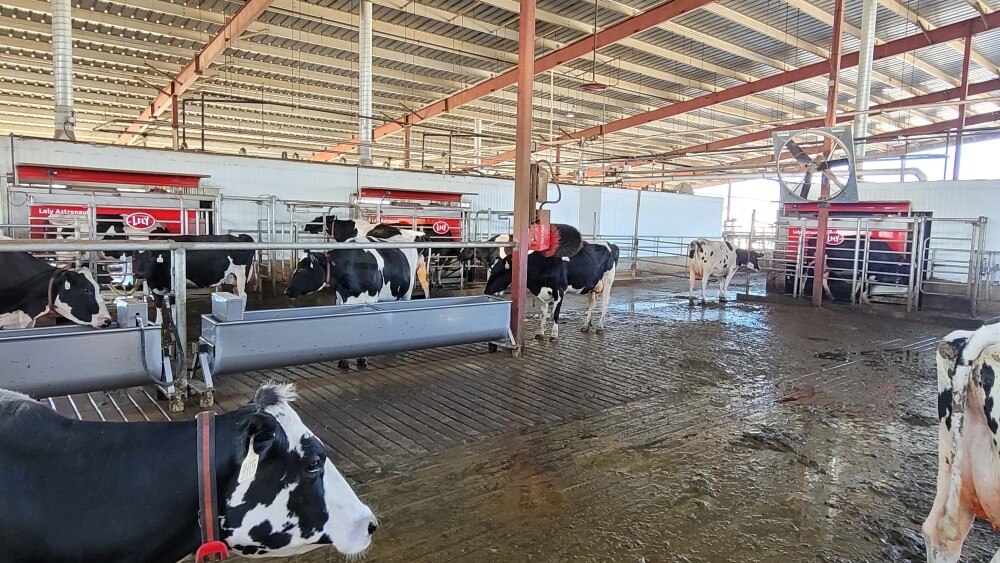Despite political rhetoric surrounding cattle and beef prices, a panel of leading cattle market experts says the fundamentals remain firmly supportive of historically strong cattle prices for years to come.
During a discussion at the Missouri Governor’s Conference on Agriculture, Derrell Peel, Extension livestock specialist at Oklahoma State University; Lance Zimmerman, senior animal protein analyst with Rabo AgriFinance; and Bryon Wiegand, director of animal science at the University of Missouri, offered a united outlook: The tightest cattle supplies are still ahead, and demand remains exceptionally strong.
Are Cattle Prices “Too High”? Experts Say No
Recent comments from Washington suggest cattle and beef prices are “too high,” but Peel says the current price levels make sense when viewed in context.
“There’s always a speculative element to these markets,” Peel says. “That means there’s always an opportunity to push prices a little high, and we can certainly see temporary corrections because of that. But fundamentally, I don’t think we were too high. This market has very strong underlying foundations for why we’re where we are right now.”
Zimmerman adds that per capita beef supplies haven’t changed enough to justify blaming supply alone.
“We want to talk about tighter supplies, and yes, the cow herd has been in decline since 2019,” Zimmerman says. “But per capita beef supplies, which really influence market prices, have essentially been steady. We’ve been between 58 lb. and 59 lb. per person for the last six years. So when we talk about record-high beef prices, most of that increase is actually coming from demand. Based on our models, this is the strongest beef demand we’ve seen since 1983.”
The Tightest Cattle Supplies Haven’t Even Arrived Yet
Even after several years of liquidation, Peel says the cattle industry hasn’t reached the tightest point of this cycle.
“We’ve tightened feeder supplies significantly,” he says. “We’ve masked some of that tightness at the feedlot level, but the feeder cattle supply out in the country is extremely tight, and we still don’t have any fundamental data that shows we’re retaining enough heifers to start rebuilding the herd. So from that standpoint, the tightest supplies are still ahead of us.”
Peel says that means beef production will move lower and per capita supplies will tighten further over the next several years.
Zimmerman notes the market still hasn’t fully absorbed the impact of fewer Mexican feeder imports.
“I think the market priced some of that in on the feeder side, but it’s not fully reflected in fed cattle slaughter yet,” Zimmerman says. “Those double-digit declines in Mexican cattle imports are worth another 800,000 to 1 million head decline in slaughter, all else equal. That’s going to show up in this fourth quarter and especially next year.”
Elevated Prices Could Persist for Much of the Decade
With supplies tightening further, Peel says elevated cattle prices could stick around well into the decade.
“I think we could see elevated cattle prices for much of the rest of the decade,” he says. “History tells us that we tend to put in a peak about a year to a year and a half after we know we’re saving heifers for rebuilding. And I’ll say this, people worry about a sharp drop like we saw about a decade ago, but this is a very different situation. A decade ago was the fastest rebuild in history. This time, we’re on the slowest rebuild in history. It’s a completely different model.”
Speculative Money Pulls Back, but Cash Markets Stay Strong
Political statements earlier this year triggered fund liquidation in cattle futures, but Zimmerman says cash fundamentals remain intact.
“We had almost a record-long speculative position in both live cattle and feeder cattle futures,” he says. “Then, a statement comes out from the White House, and those funds start heading for the exits. But here’s the thing, futures markets are paper markets, and they ultimately have to come back to the cash fundamentals that drive them. Right now the market is basically telling the cattle sector, ‘Prove it to us. Show us these valuations are justified.’ And so far, the cash market is doing exactly that.”
Zimmerman believes futures can rebound as supplies tighten and demand remains historically strong.
“As we go forward, it’s going to come down to supply and demand proving those price levels,” he says. “I do think the picture is favorable enough that we get back to those earlier highs and even exceed them over the next year or two.”
Consumers Still Willing to Pay for Beef
When asked whether beef prices have reached a level consumers reject, Peel says the marketplace shows no signs of that.
“The market is telling us beef prices are not too high,” Peel says. “Consumers are willing to pay what they’re paying. There are plenty of alternative proteins they can turn to, and they’re not turning away from beef. It’s easy to pick out beef as a target when inflation is getting a lot of attention, but consumers will turn away naturally when they feel they need to, and we aren’t seeing that.”
Packers Stay in the Red, but Consolidation Isn’t Imminent
Wiegand says packers are facing substantial financial pressure.
“We have some packers that are eight quarters in the red,” he says. “Right now the margin sits with the feeder. Corn prices are low, cattle are worth a lot and packer margins aren’t just tight — they’re upside down. And the big question is how long they can weather that.”
However, Peel says packers will hold on as long as possible.
“They knew this was coming, and they prepared as well as they could,” he says. “Packers are diversified across other proteins and global markets, so that gives them time. But there is a limit. None of them want to give up market share in a sector this concentrated, so they’ll hang on as long as possible.”
Read more about Peel’s comments regarding the industry chaos today: Beef Industry Chaos: Tight Supplies, Strong Consumer Demand and Political Interference
States Look to Expand Small Processing Capacity
Missouri is investing in smaller processors, and Wiegand says those efforts are helping at the local level.
“We’ve created incentives for small and very small processors, especially around cold storage and upgraded equipment,” he says. “A lot of these businesses are squeezed on labor, and many aren’t full-service slaughter operations, but they are finding success in value-added products. They make a difference locally, but in the national picture, they’re still just a blip because 95% of the market sits with about four companies.”
He adds that “buy local” momentum remains strong since COVID-19 and continues to support these smaller processors.
It All Boils Down to This
All three experts agree the U.S. cattle market remains supported by historically strong fundamentals. Supplies are tightening, demand remains robust and herd rebuilding is expected to be slow, setting the stage for strong cattle prices potentially through the end of the decade.
Your Next Read: Did the President’s Plan to Lower Beef Prices Wreck the Bull Run in the Cattle Market?












